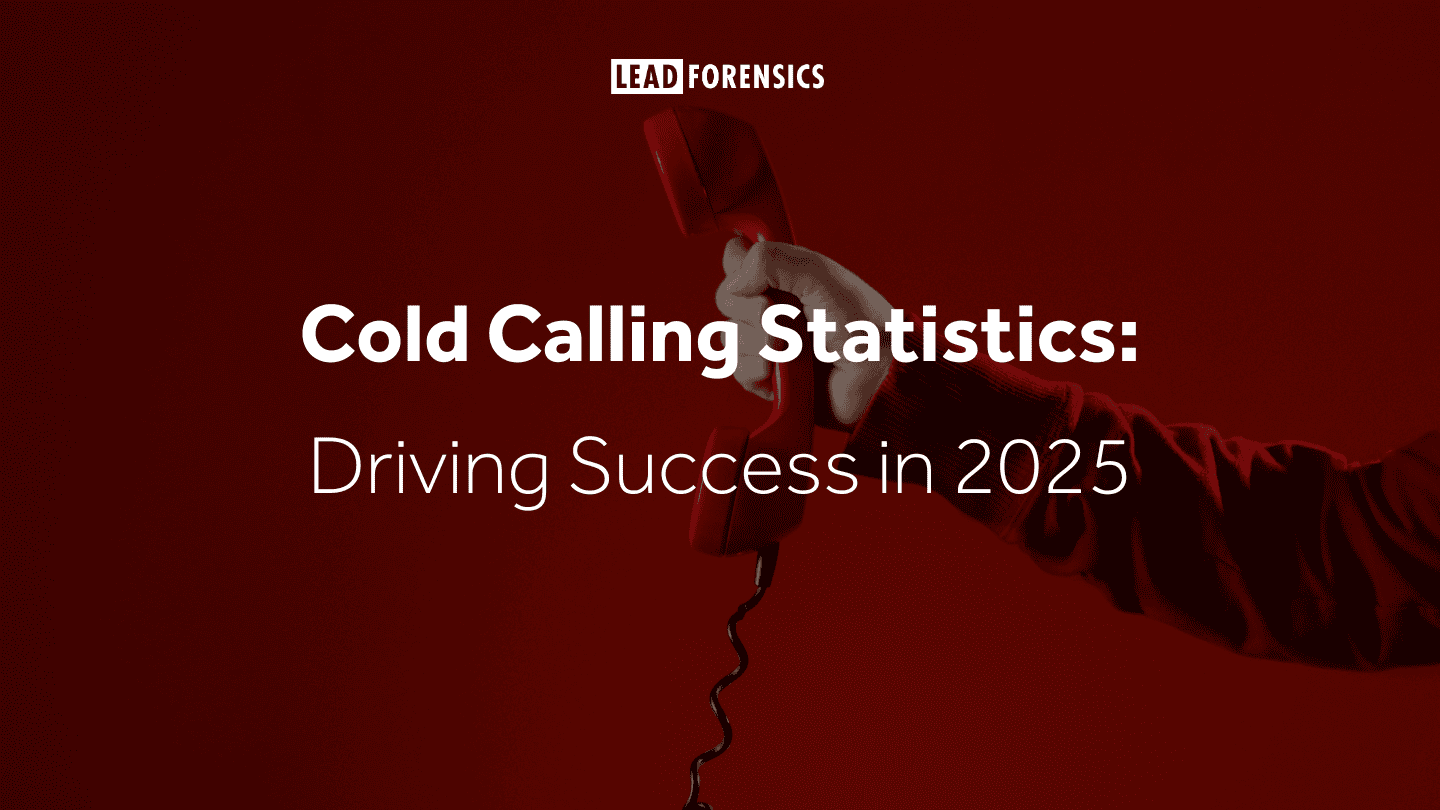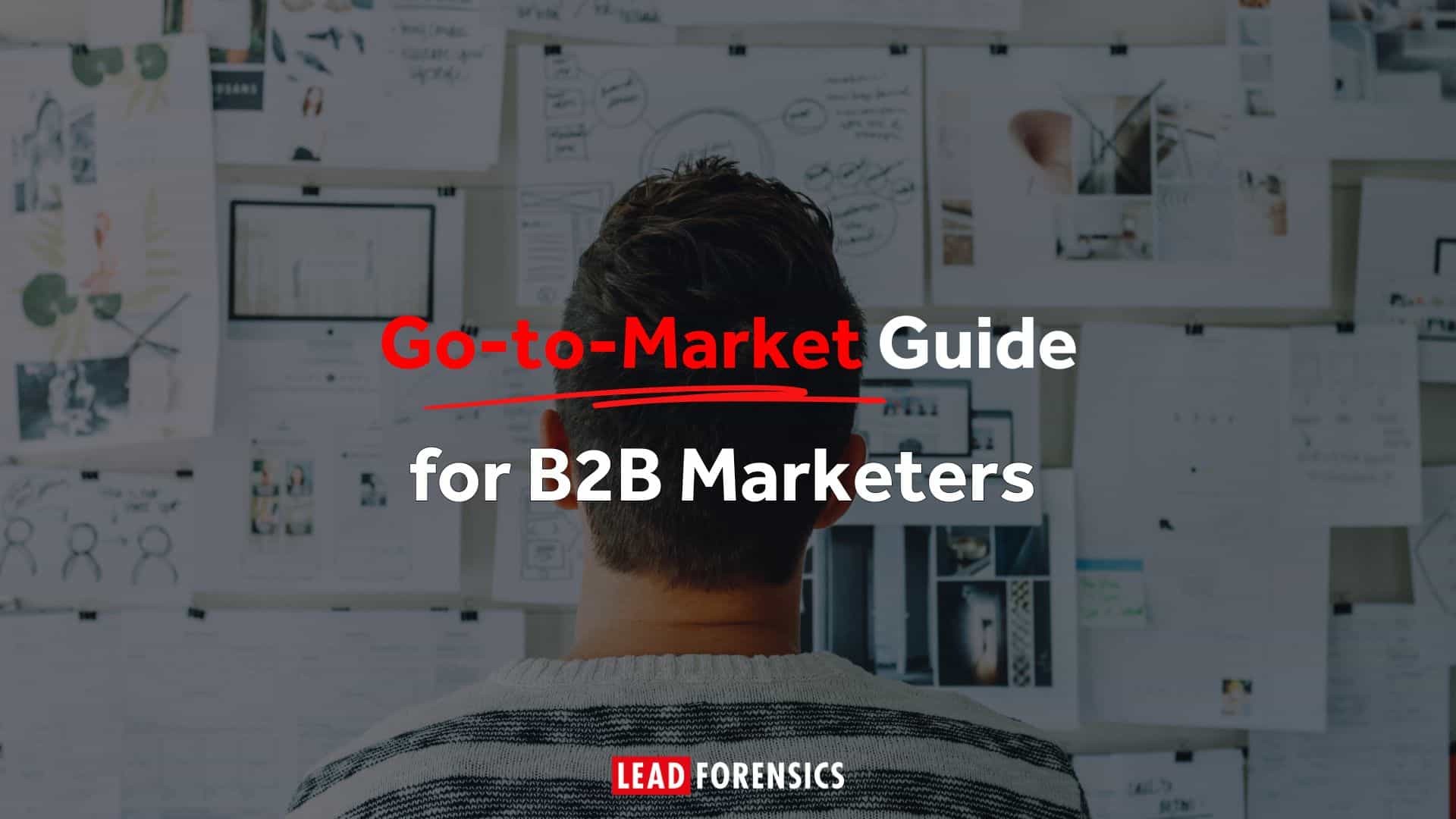How Effective Is Cold Calling?
Despite the perception of cold calling as a tough and time-consuming tactic, the numbers prove it is still a cornerstone of successful sales strategies. While not without its challenges, cold calling consistently delivers results when done strategically and with the right tools.
Higher Engagement Rates: According to Jobera, cold calling outperforms email outreach by achieving a response rate that is 5% higher. This indicates that prospects are more likely to engage in a direct, real-time conversation than respond to written communication, which often gets lost in overflowing inboxes.
Solid Conversion Metrics: Cognism highlights that 2% of cold calls convert into actual sales. While this may seem modest, it represents a reliable way to build a steady pipeline. Moreover, B2B cold calling campaigns can boost ROI by an impressive 40–50%, emphasizing its value as a cost-effective strategy in comparison to other lead generation methods.
Influence on Decision-Makers: Cold calling remains one of the few methods that can directly connect salespeople with decision-makers. GrowthList found that 78% of business leaders have attended an event or scheduled a meeting because of a cold call. This highlights that when approached correctly, cold calling not only sparks interest but also creates opportunities for more meaningful engagements.
Personal Connection Matters: In an age dominated by digital communication, cold calling allows sales reps to establish a human connection. Speaking directly to a prospect can help address objections in real-time, build trust, and personalize the sales pitch in a way that email or messaging simply cannot replicate.
What Sets High-Performers Apart?
Cold calling can be tough, but high-performing salespeople consistently achieve results because they approach it strategically. Their success isn’t just luck—it’s rooted in proven habits and practices that maximize their efficiency and impact. Here are the key traits and habits that set these high performers apart:
Timing is Everything
The timing of your call can significantly influence your chances of connecting with a prospect. According to Evabot, the best time to make a cold call is between 4 PM and 5 PM, when prospects are more likely to answer their phones. Additionally, Thursdays have been identified as the most effective day for outreach, potentially due to mid-week productivity peaks and decision-makers being more receptive to business conversations as they plan ahead for the weekend. Top performers prioritize their calls during these optimal times to ensure higher engagement rates.
Persistence Pays Off
One of the most critical skills of successful cold callers is their persistence. That’s because sales reps need an average of eight calls to reach a prospect, reports Rep.ai. In fact, 80% of successful sales require five or more follow-ups, according to Jobera – but 44% of sales reps give up after just one attempt.
High performers know that persistence is not pestering. It’s strategically following up, to keep their value proposition at the forefront of prospects’ minds. Top sales reps stick with calls even when they face challenging objections, because 60% of clients say ‘no’ at least four times before saying ‘yes’, according to Statista.
Preparation Drives Results
Cold calling without preparation is like going into a meeting without an agenda, it rarely ends well. Cognism reports that thoroughly researching your prospect before a call can improve your conversion rates by 30%. High-performing cold callers invest time in understanding their prospects’ pain points, industries, and recent activities. Armed with this knowledge, they can tailor their pitch to address specific needs and offer solutions that resonate, making the conversation feel more relevant and less like a generic sales call.
They Personalize Every Interaction
High performers know that personalization is key to standing out in a sea of cold outreach. They use tools like CRM platforms and data enrichment software to gather insights about their prospects, including their company size, recent milestones, and challenges. This enables them to craft opening lines and value propositions that grab attention and build rapport right from the start. Experian Marketing Services study found out that personalized emails generate 6x higher transaction rates and revenue.
They Listen More Than They Talk
Successful cold callers approach conversations as a two-way street. Instead of delivering a one-sided pitch, they ask open-ended questions, actively listen to responses, and adapt their approach based on the prospect’s feedback. This not only helps them uncover valuable information but also fosters trust and positions them as problem-solvers rather than pushy salespeople.
They Track and Refine Their Process
High performers are data-driven. They track metrics like call volume, response rates, and conversion rates to identify what works and what doesn’t. By analyzing their performance and iterating on their approach, they continually refine their techniques to improve results over time. According to a study by McKinsey & Company, high-performing sales organizations that adopt data-driven decision-making can achieve a 2% to 5% increase in sales, highlighting the significant impact of using analytics to optimize performance.
Challenges Sales Teams Face
While cold calling continues to deliver results, it is widely regarded as one of the toughest aspects of sales. According to GrowthList, 63% of salespeople admit cold calling is the hardest part of their job. But what makes it so challenging? Here is a deeper dive into the hurdles sales teams encounter:
Low Answer Rates
One of the biggest frustrations is simply getting someone to pick up the phone. GrowthList notes that only 28% of sales calls are answered, leaving sales reps to face a lot of voicemail boxes. This low engagement rate can be discouraging, especially when so much time is spent dialing numbers.
Psychological Barriers
Cold calling is not just physically exhausting; it is mentally taxing too. Sales reps often face rejection, sometimes outright hostility, which can chip away at their confidence over time. Without proper training and support, this psychological burden can lead to burnout and lower productivity.
Time Investment
Despite the fact that the average sales call lasts only 93 seconds, according to Cognism, making cold calls is a time-intensive and lengthy process. That’s because the average salesperson spends approximately 25 hours a month on cold calling, reports Growth list. And that doesn’t account for the time it takes to find a prospect.
And because 79% of unidentified calls go unanswered, Hiya claims, persistence is an essential trait for a sales rep.
Skill and Strategy Gaps
Cold calling is more than just dialing numbers for hours at a time; it requires skill, strategy, and preparation.
But with plenty of coaching and data-driven insights, sales reps will be well equipped to craft compelling opening lines, keep clients interested, and overcome objections, all while keeping the conversation flowing naturally.
If your sales reps are struggling with the relentlessness of cold calls, coaching could be worth considering. And when reps learn that continuous sales rep training can give 50% higher net salaries per employee (according to The Brevet Group), they’ll be more than keen to join.
Why It Is Worth the Effort
Despite these challenges, persistence pays off. Sales reps who stick to their cold-calling strategies often report higher lead conversion rates and ROI. Moreover, building resilience and refining cold-calling techniques can transform a daunting task into a reliable pipeline for success.
To overcome these hurdles, sales teams can invest in:
Training programs to improve confidence and conversational skills.
Technology tools like CRM systems and data enrichment platforms to better qualify leads before calling.
Time management strategies to focus efforts during peak calling hours.
Team support and incentives to keep morale high.
Cold calling may be a tough job, but for those willing to weather the challenges, it continues to be one of the most effective ways to generate meaningful business connections.
Cold Calling in 2025 and Beyond
As we move forward, blending cold calling with signal-led strategies and pre-call emails can improve your odds of success. For instance, Evabot notes that sending an email before calling can boost your success rate by 40%.
The takeaway? Cold calling isn’t dead, it’s evolving. By using these stats and strategies, sales teams can drive more meaningful conversations and ultimately close more deals.
If you want to take the guesswork out of cold calling and supercharge your sales efforts, Lead Forensics can help. Our cutting-edge platform identifies anonymous website visitors, providing you with detailed insights about their business, interests, and decision-makers. Armed with this intelligence, your sales team can make more informed calls, significantly improving connection rates and conversions.
Ready to transform your sales process? Book your free Lead Forensics demo today and start making every call count.






